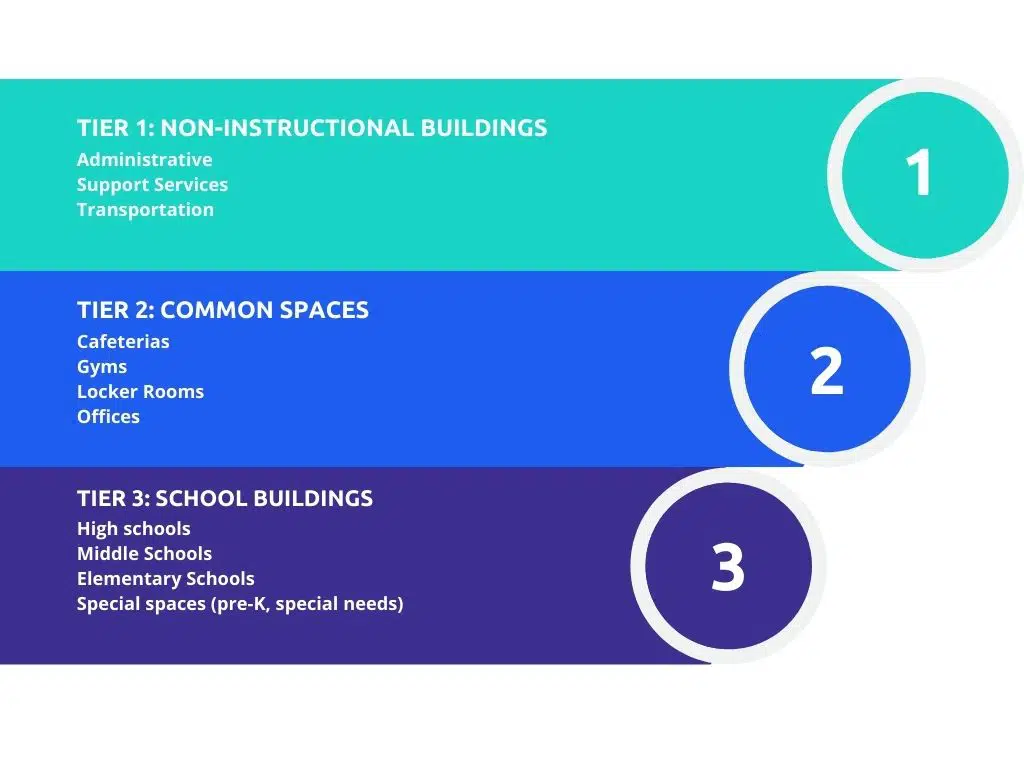Case Studies
School Savings: Reducing Load and Costs
June 03, 2024
Utilizing Load Curtailment to Manage K-12 School District Costs
Energy cost is one of school districts’ largest non-labor operational expenses. School districts must continuously assess how they can best provide high-quality education, classroom comfort, and safe environments while staying within their operating budgets.
Creative operational solutions can reduce energy costs. Northshore School District in Washington State determined that it could use a load curtailment program as a budget management tool. The program also serves as a tool for Puget Sound Energy to reduce load to meet grid needs. For 15 years and counting, the school district has successfully implemented load curtailment in its 40+ schools and administrative buildings.
Identify
The load curtailment program was the brainchild of Northshore School District’s Support Service Team and McKinstry. Edo’s Director of Operations, formerly Northshore’s Executive Director of Support Services, partnered with McKinstry to create a curtailment plan. The plan classified all district buildings and spaces into tiers based on building type and use, as well as the load available for curtailment. The majority of load available comes from changing temperature setpoints. The tier ideology ensured that energy reduction would have little to no impact on student instruction throughout the district. Load reduction starts with tiers that include non-instructional buildings, non-instructional areas, and common spaces. Since elementary schools and specialty programs require the most stable conditions, they are the last tier to be adjusted and only limited spaces in elementary schools are curtailed. See the tier structure below.

Implement
Puget Sound Energy can trigger a curtailment request to reduce load. The school district also can initiate curtailment if there is stress on the budget. The school district utilizes the load curtailment program to manage monthly energy impacts and annual utility budgets. The school district incorporates different factors, including energy cost, budget, weather, occupancy, and peak loads, to determine if the load curtailment should trigger and, if triggered, which tiers to include in the event. Edo’s energy management tools and 365x24x7 customer support team are coupled with McKinstry’s building engineers to implement a load curtailment event.
Results
The Northshore School District load curtailment program demonstrates that demand flexibility programs in schools can be beneficial to both schools and utilities. Schools save money and reduce their emissions. As participants in demand response programs, they can earn additional revenue to help them continue to provide high-quality learning environments. Utilities can tap into a previously untapped flexible load and reward customers which play an outsized role in our communities.